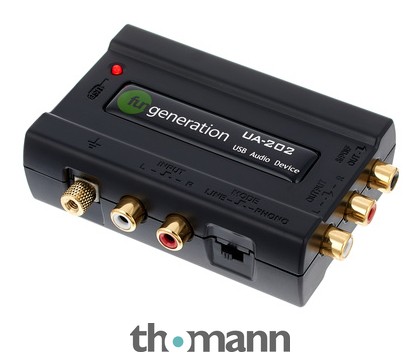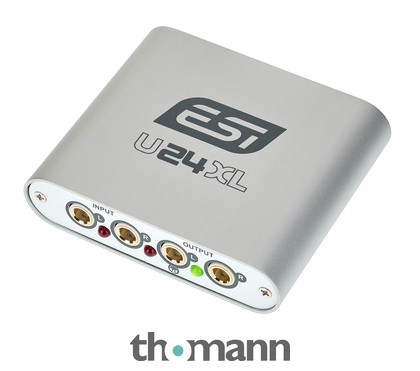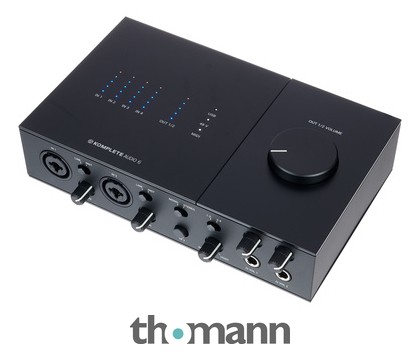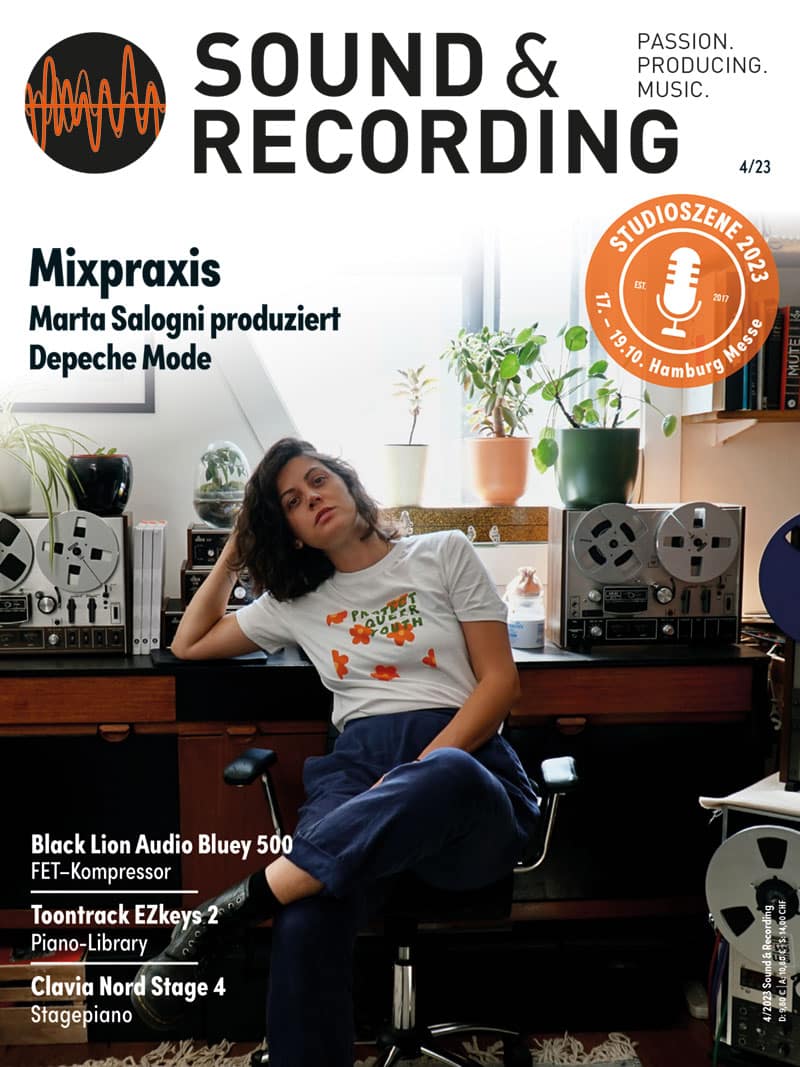I raised the question with Neumann support, and Markus Wolff called back within 10 minutes.
I'm not sure if Neumann is monitoring this forum and want to make some official comment, in the meantime I'll recap my understanding of our conversation.
They are aware of potential resonances in the 300-350 range, where the design of the speaker implies relatively high element excursion. Markus mentioned this may cause resonances, especially on the backside where all connectors and knobs are potential sources for "rattling" resonances. So they made sure that these connectors/knobs etc. are not by themselves prone to resonate. Additionally, each unit is individually measured (including THD) to ensure that there are no QC (assembly) issues with the unit itself.
He mentioned that resonances can come from the setup (including the XLR connector and its locking mechanism).
So as far as I understand from our conversation, this type of "out of spec" resonances that Amir and Neuyes measured are not emitted by the speaker itself, but rather stem from the setup in one way or another. So hopefully we can see more measurements, with different setups (perhaps Coax/SPDIF to avoid potential XLR rattling issues).
Personally I haven't noticed any resonances when sine sweeping my pair of kh120ii, but I don't have an ideal listening environment, so it might be masked.




 ,hope neumanns are as durable! )
,hope neumanns are as durable! )
